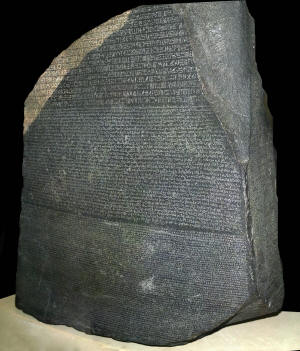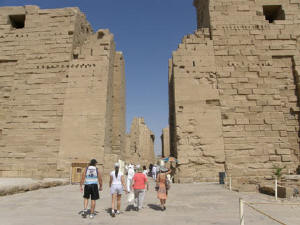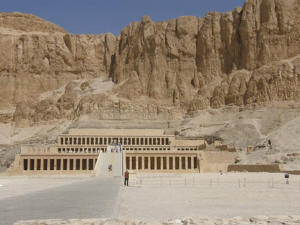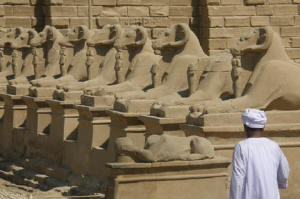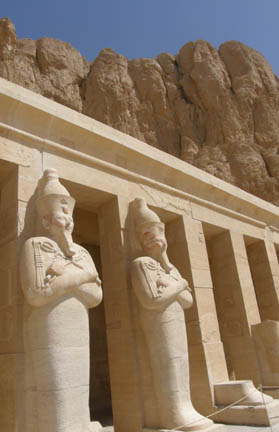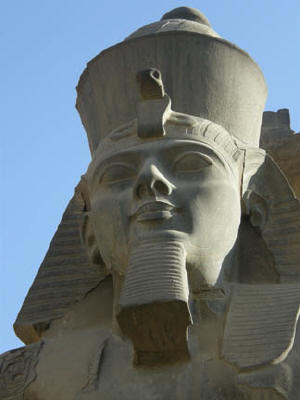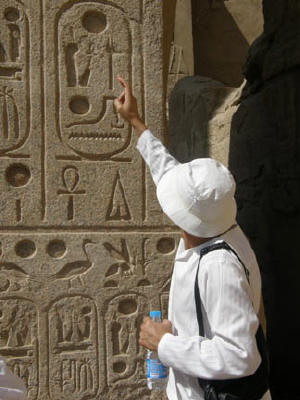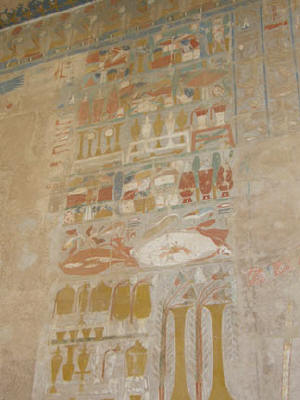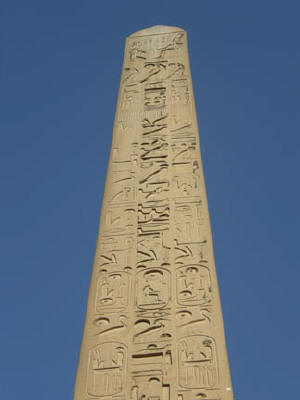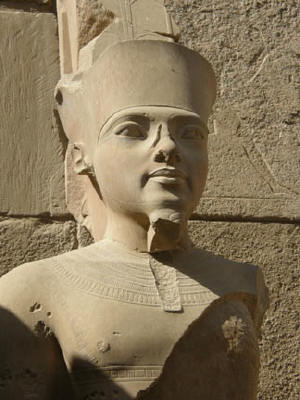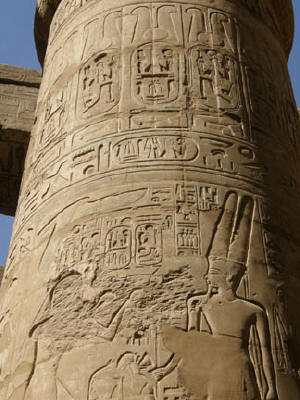Red Sea
Eritrea Sudan
Egypt
Egyptian Antiquites
Petra Jordan

Egypt has some of the best preserved and most understood ancient sites found anywhere. Wherever you travel in the world today a good part of most tourism is based upon seeing sites of antiquities whether it be the Coliseum in Rome, The Great Wall of China, The Old City of Jerusalem, Machu Picchu or the Pyramids.
As Dee and I travel we are constantly aware that much of what the guides tell us at ancient sites is based upon historians' best guesses. It is in fact astute conjecture or supposition and in some cases total imagination to fill in the blanks.. Understanding the ancients is in most cases a very inexact science. In Egypt it is different.
The reason for this is the Rosetta Stone. Many will know the name Rosetta Stone from the CD based foreign language courses that you often see advertised in airline magazines or pedaled at kiosks in the shopping mall. The real Rosetta Stone is much more humble yet far more interesting. I am in no way any sort of historian but when I first learned about the Rosetta Stone in my teens I was fascinated by what it represented and later made a special trip to Britain to see it on display there in the British Museum.
Visually it is not much to see- just a small black tablet with some carvings on it, yet its significance is immense. The Rosetta Stone was a dictionary of sorts left to us by the ancients. It was found in the Nile River valley near a town known as Rosetta in 1799 by a French military expedition. The tablet has a proclamation about a Pharaoh written in three languages- Greek, Demotic and Hieroglyphics. The ability to read hieroglyphics had died out over a thousand years before the stone was discovered, and Demotic was also a mostly unknown ancient Egyptian language. But the classical Greek on the tablets could still be read by scholars in modern times. By a painstaking process of comparing the words they knew from Greek they eventually were able to reconstruct the entire hieroglyphic alphabet, so modern day Egyptologists such as the guide we traveled with can read every one of the thousands of carvings throughout the Nile River Valley. Consequently today historians know far more about what happened in Egypt 5,000 years ago than we do about the Anasazi Indians of Utah and Arizona who vanished as recently as 700 years ago.
Dee and I had visited the pyramids many years previously so this time we concentrated our travels to the upper Nile River Valley visiting Abu Simbel, Aswan Dam, Kom Ombo, the Temple to Horus at Edfu, Valley of the Kings, Luxor and Karnak.





















